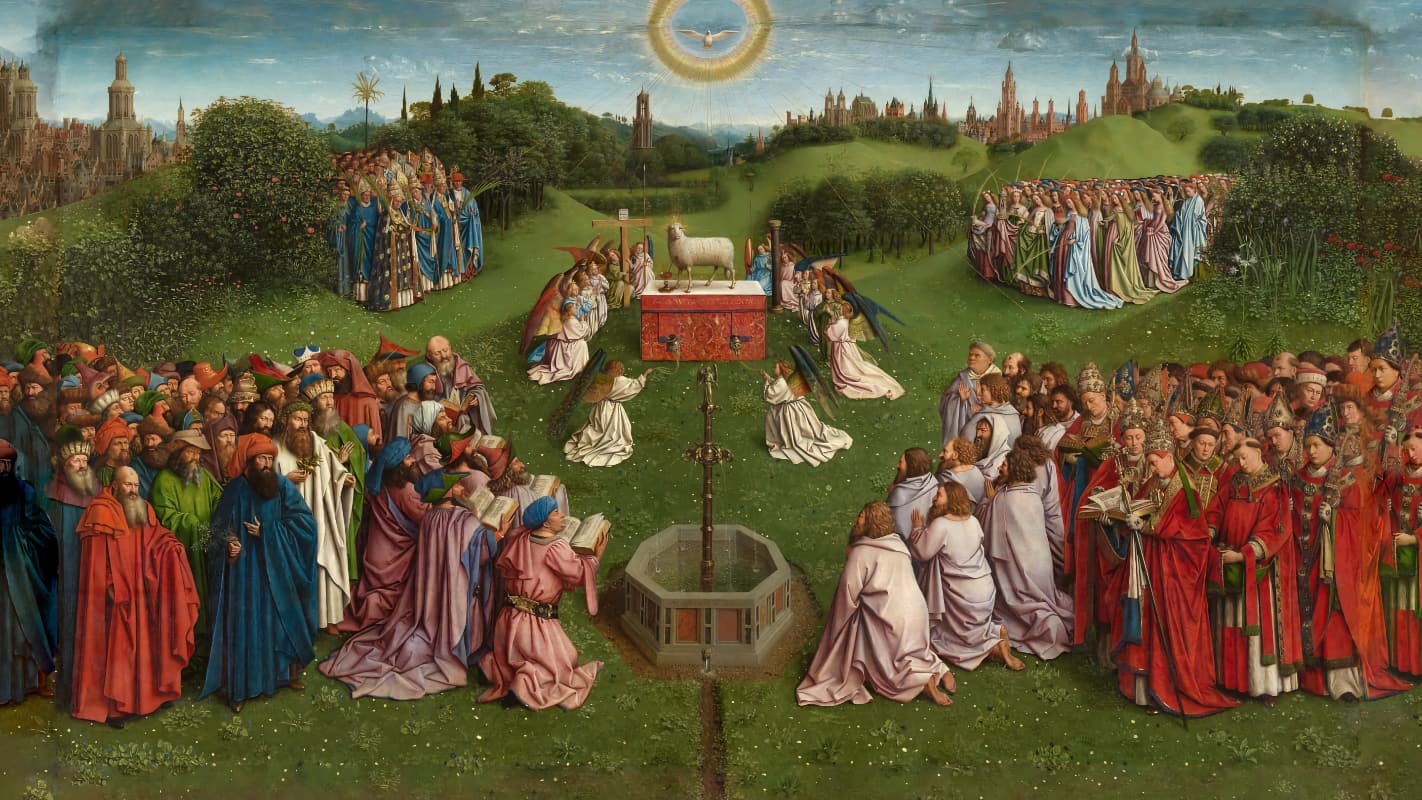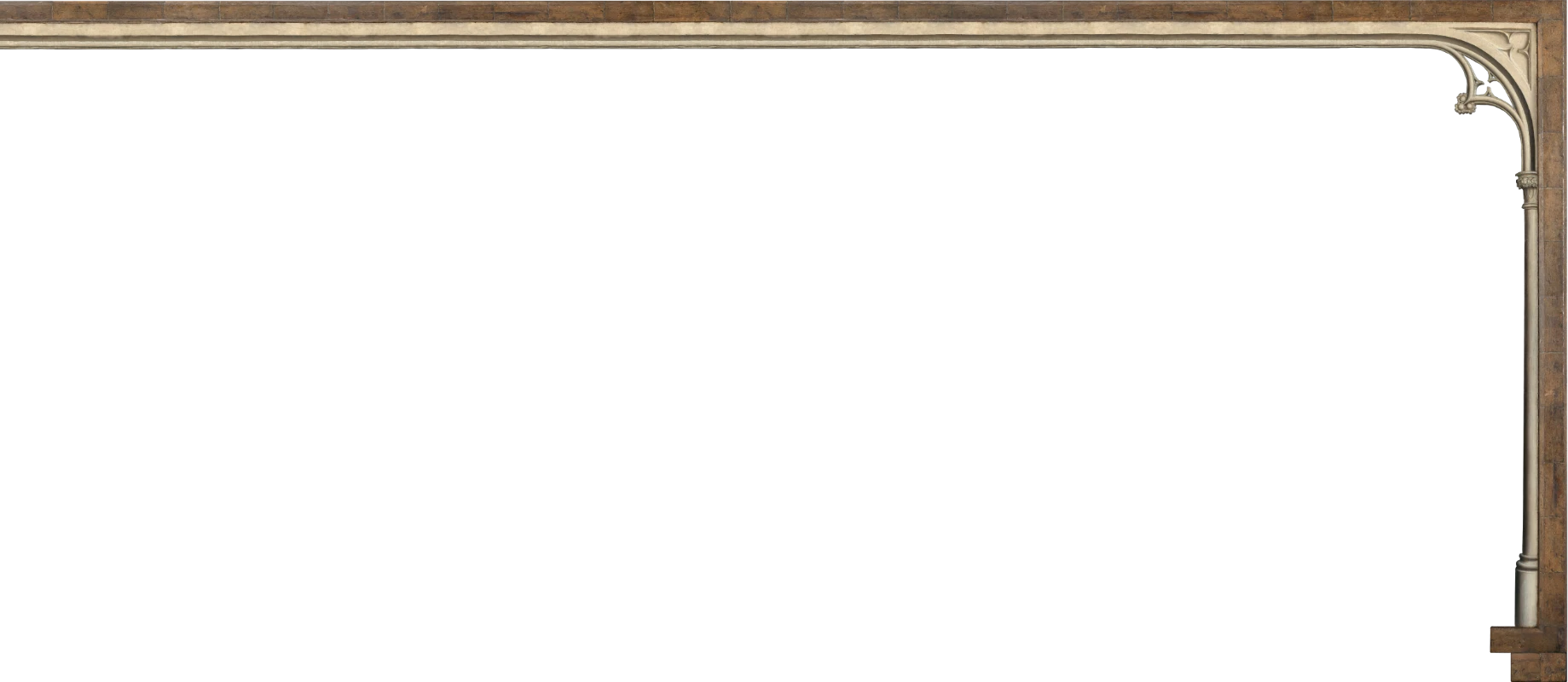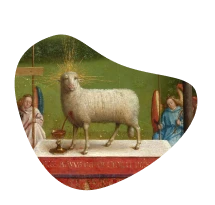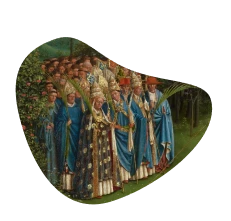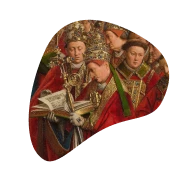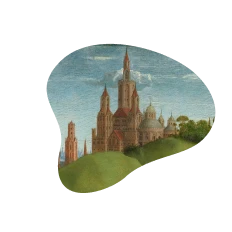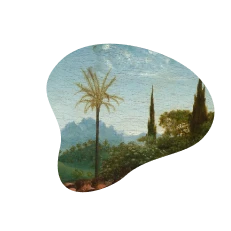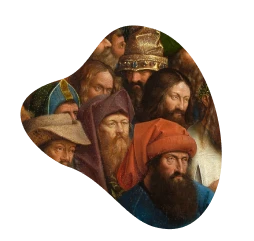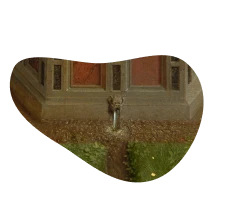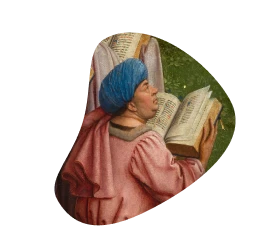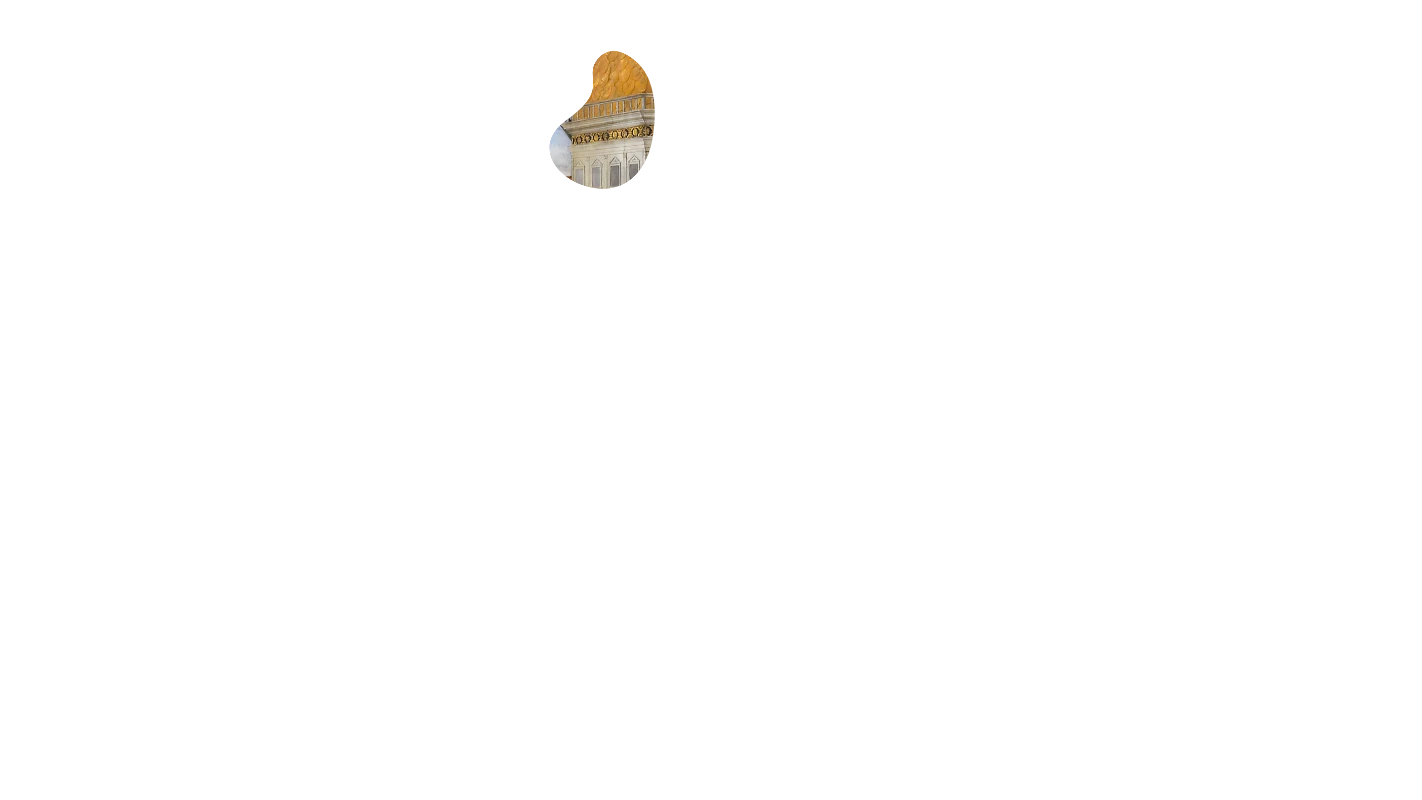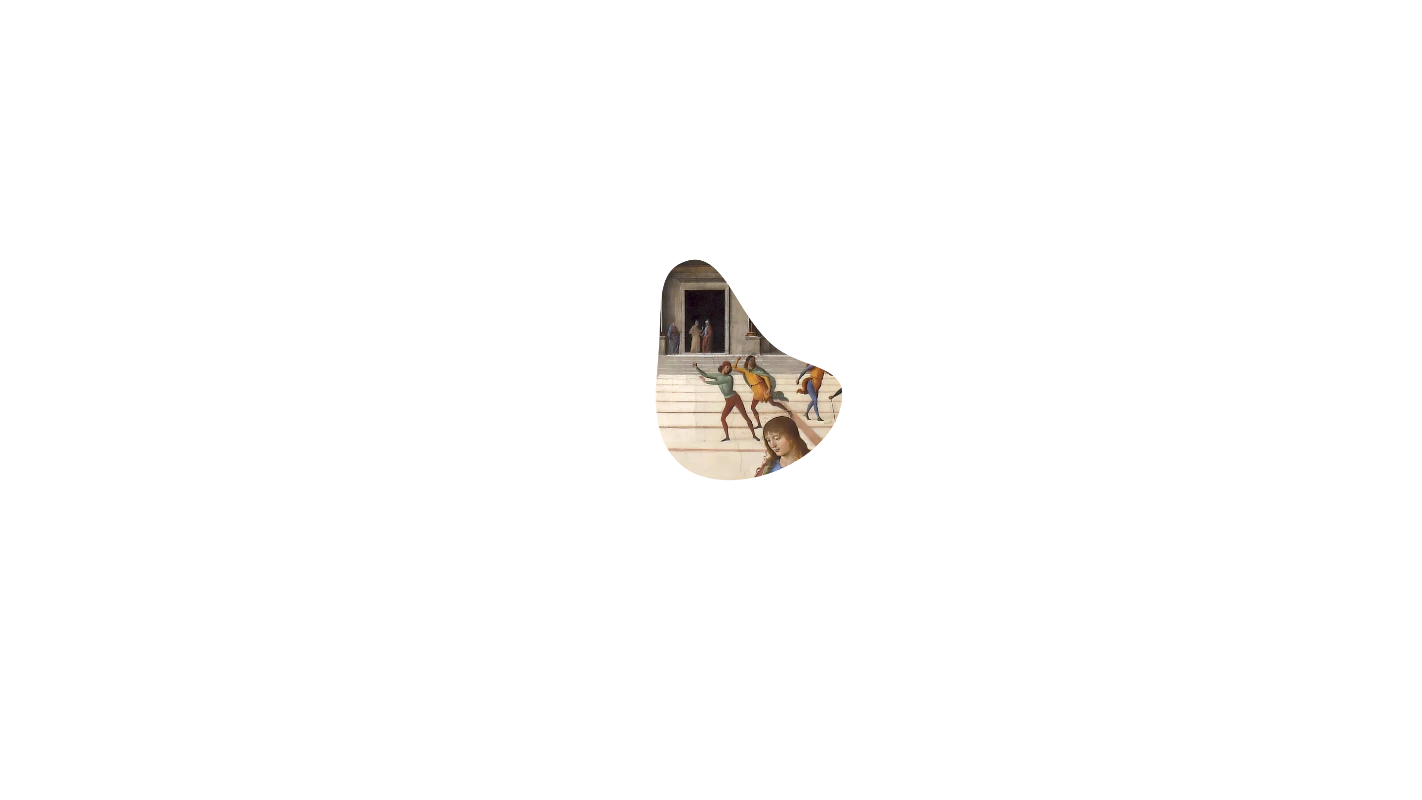Missa Ad fugam is one of only two masses by Josquin which are entirely based on canons, the other one being Missa Sine nomine. He wrote other single movements which are canons—the second Agnus Dei in his Missa L’homme armé super voces musicales is an especially complex example—but only here did he explore the possibilities as exhaustively as the idiom would allow. To write this kind of music may seem academic to the modern mind: who is interested in mathematical scaffolding which most people can’t hear? But Josquin was interested in it—as were many later composers, from Bach to Brahms to Webern—and it is clear that, like every composer of genius, Josquin relishes the challenge inherent in being tied down to a pattern.
Who is interested in mathematical scaffolding which most people can’t hear? Josquin was—as were many later composers, from Bach to Brahms to Webern.
These two canonic settings seem to stand at the extreme ends of Josquin’s career. Ad fugam, an early work, is the easier of the two to follow; indeed, it is so much more straightforward than Sine nomine that it is possible Josquin wrote the later work as a foil to the earlier, to show how much more he knew about handling this kind of composition by the end of his life.
Ad fugam is thought to be an early work partly because the canon is so rigid; partly because the common material which opens every movement lasts ten bars (substantial by Josquin’s later standards); and partly because there is an original source in the library of the University of Jena which seems to carry some second thoughts by someone—possibly Josquin—who wanted to rework the canon in the Sanctus and Agnus. It is not often in music of this period that we are given a glimpse of a revision; and certainly in this case the difference between the elongated lines of the original that remind me of Josquin’s teacher Johann Ockeghem, and the sparser, tauter thinking of the later music is revealing.
Canon as strict as this sets compositional challenges which mere cantus firmus setting doesn’t come near.
The canon is always between the top part and the third part down, and always a fifth apart. Because it is so exactly repeated it is relatively easy to follow. Give yourself the thrill of being right inside the compositional process for once and follow the soprano and tenor parts in the opening first Kyrie. Armed with this melody you can follow the opening bars of all the movements. Canon as strict as this sets compositional challenges which mere cantus firmus setting doesn’t come near. It helped that Josquin composed his own melodies to be treated in canon, but by deciding to be so strict he wrote a setting which overall is unusually dense and unvarying in texture.
© Peter Phillips / Gimell Records
